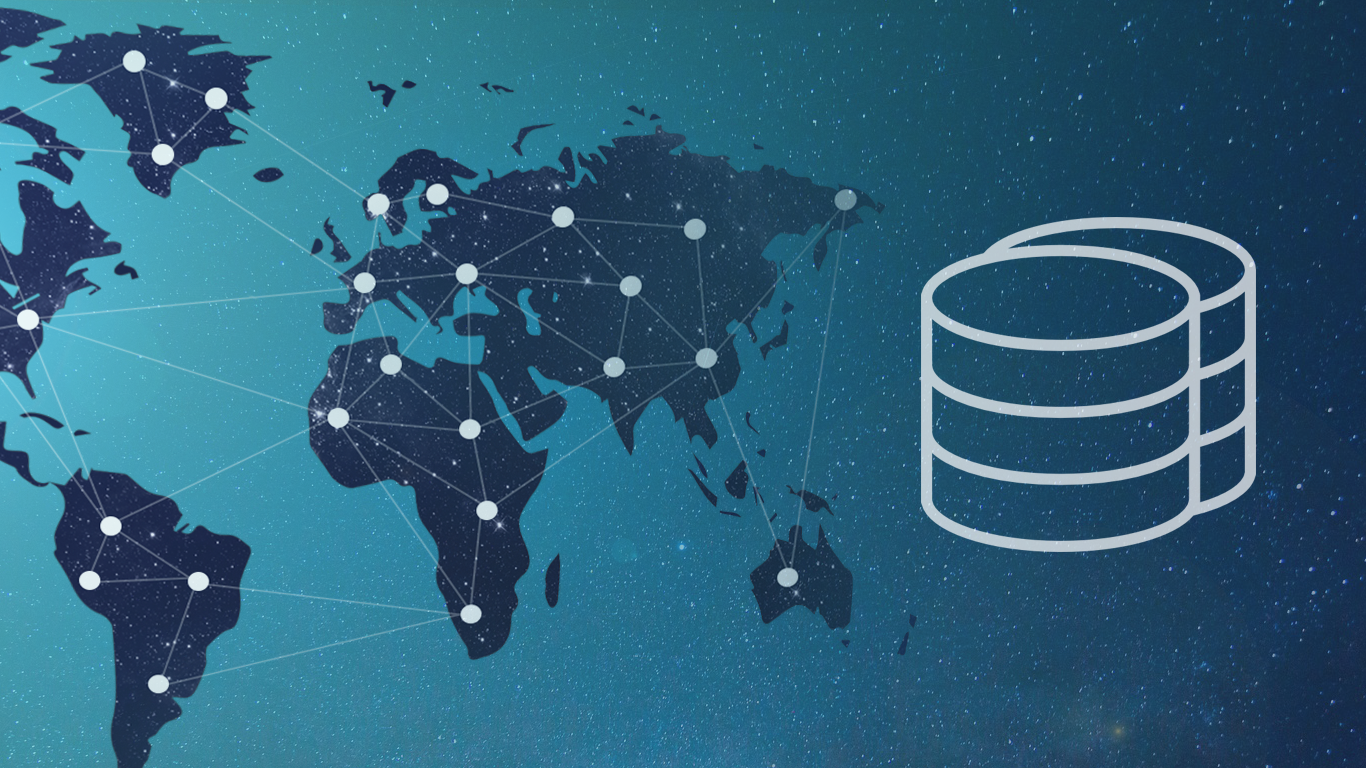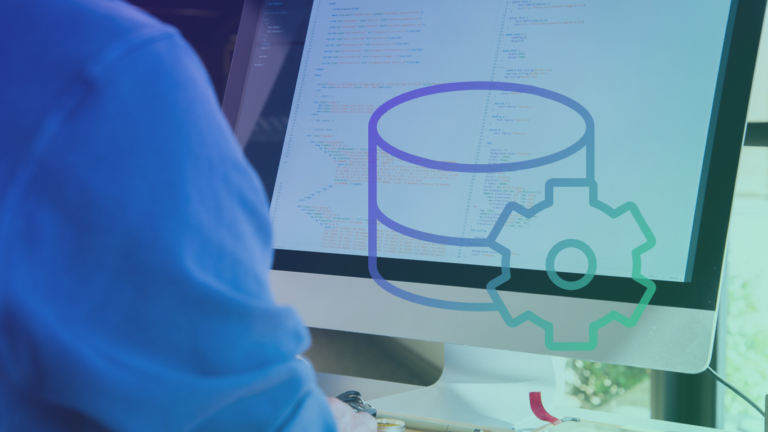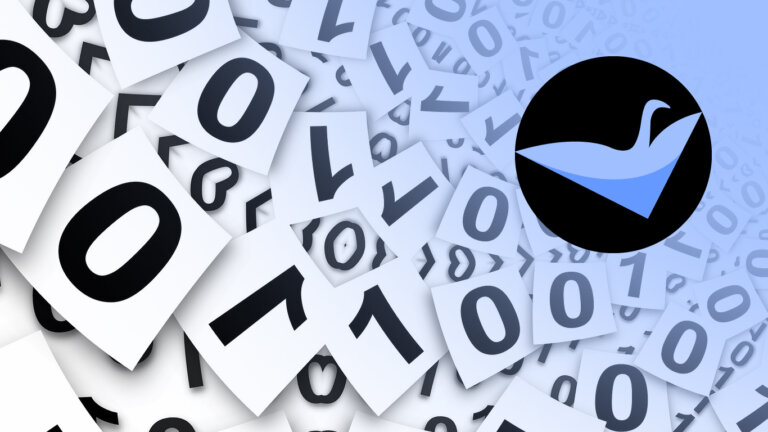Blockchain or Classical Database?
Over the past year, Swan has received more and more projects requiring the implementation of Blockchain technology. As a result, we have gained experience and first-hand knowledge about it, along with a question: Is Blockchain really so impeccable or are there any hidden pitfalls? We decided to figure it out. Fundamental Differences The difference between […]
Industry Trends

Over the past year, Swan has received more and more projects requiring the implementation of Blockchain technology. As a result, we have gained experience and first-hand knowledge about it, along with a question: Is Blockchain really so impeccable or are there any hidden pitfalls? We decided to figure it out.
Fundamental Differences
The difference between a traditional database and a blockchain begins with how the technologies are organized. Traditional databases typically use the architecture of the client-server network. A user (client) with permissions associated with his account can manage the data stored on the central server, such as being able to add, delete, and/or modify sections of the data. Administrators are in charge of management of the server part. They are engaged in technical support and are capable of changing the structure, if required. They can also have different levels of access that allow you to take any action.
Blockchain can also be called a database. But on the blockchain, each participant maintains, computes and updates records in the database. All nodes work together, all come to a consensus, providing a built-in network protection.
Due to their differences, each of the tools is suitable for different areas and tasks.
Decentralized Management
Blockchain allows two parties which “do not trust” each other to exchange information, without requiring a central administrator. Transactions are processed by a network of users acting as a mechanism of general agreement.
The value of decentralized control lies in the fact that it eliminates the risks of centralization. In the case of a single center, (which is the case with classical databases) anyone who has sufficient rights to enter the system can destroy or damage the data. This makes users depend on administrators. Banks are forced to spend billions to have their centralized bases protected.
Accessing Information
Centralized databases contain information which is relevant at a specific time–rather like a picture. In order to access information that was collected at an earlier point in time, you need to access your database backups. Database backups are essentially copies of the database during past moments of time. The downside of this approach is that each time you make a full copy of your database, and it can be quite large.
Databases on the blockchain can store information that is relevant now, as well as all the information that was before without a backup process in place. This technology can create databases that have a history of themselves. This allows you to track any point in time.
Speed
Blockchain is a rising star in the recording and transacting worlds. However, it is slow when compared to traditional options such as Visa and PayPal. * It is anticipated that future performance will be improved as the technology grows, but the very nature of blockchain requires sacrificing speed to some extent.
The underlying reason is the way the network is distributed on a cluster. Each node independently serves the network, then compares its results to the rest of the network. The process continues until a consensus that something has happened is reached.
On the other hand, centralized databases have existed for several decades. They have significantly increased their productivity with the help of a formula that began to define innovations in the digital age: Moore’s Law (the speed grows, limited only by the size of the atom and the speed of light).
Simply put, centralized databases have the advantage of speed.
Confidentiality
Bitcoin is an uncontrolled record and an uncontrolled database. This means that theoretically anyone can write a new block in a chain and everyone can read the block in a chain. The network or protocol can be configured so that only registered participants can write information or read them from the database; but the system of rights here may be similar to the classical one. Or it may be a solution on the blockchain.
Hiding information in the blockchain requires deep cryptography and the associated computational load for the nodes of the network. But it is still more effective than a private database built on a classical rights system.
In Conclusion
Blockchain is in high demand. Eighty percent of the bases that are used now need the advantages that it brings. This is the fuel that allows it to spread so quickly and gain more support.
But there are also such projects that do not impose such strict requirements of security, integrity, and/or distribution. These projects can exist for many years, without fundamentally changing their organization.
If confidentiality is the only goal, and trust between the parties is established and there is no problem with storing large amounts of data (database backups), the database on the blockchain will not have special advantages for you.
If not, blockchain databases are growing and developing to fit your needs.
*(Note: recently there appeared news that one of the blockchain projects could implement a network and its speed is ahead of Visa’s decision several times).




